Under the theme of ‘the human condition’ the anticipated fifteenth edition of FOAM Magazine: Talent issue is out today. Presenting a selection of outstanding international artists, see some of this season’s selected talent here.
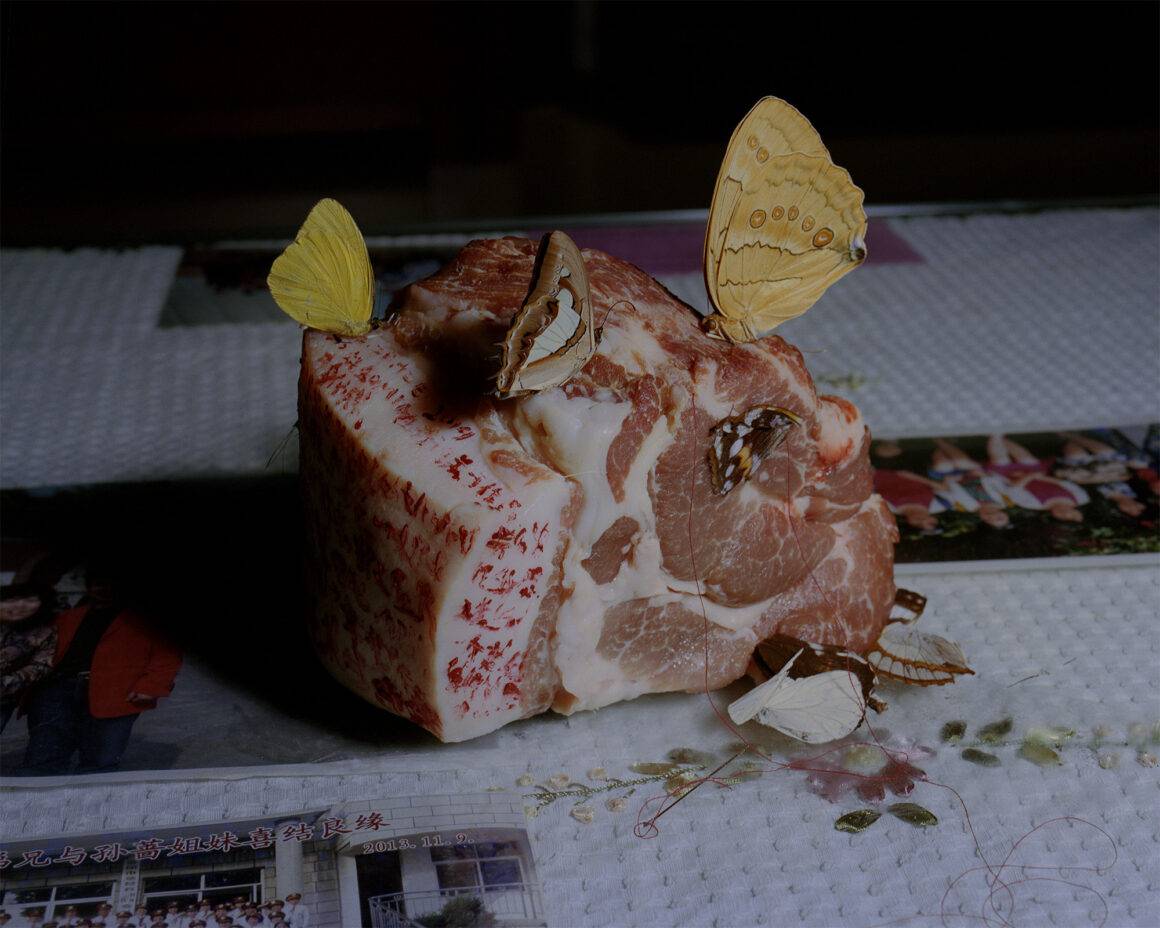
FOAM Magazine: Challenging the Binary Approach in Authorial Photography
Published three times a year, FOAM Magazine serves as a platform for photographers to create a community and showcases international emerging talents. Based in Amsterdam, FOAM presents photography across a broad spectrum; from documentary to fashion and contemporary to historic, featuring both world-renowned image creatives alongside emerging artists in the industry.
They spoke to us at IMAGO to shed some light on the new issue of FOAM Magazine and the cultural surrounding of photography, and they shared their insights for emerging photographers.
“Break the Binary Approach of Authorial Photography That We Are Used To.” – FOAM Magazine.
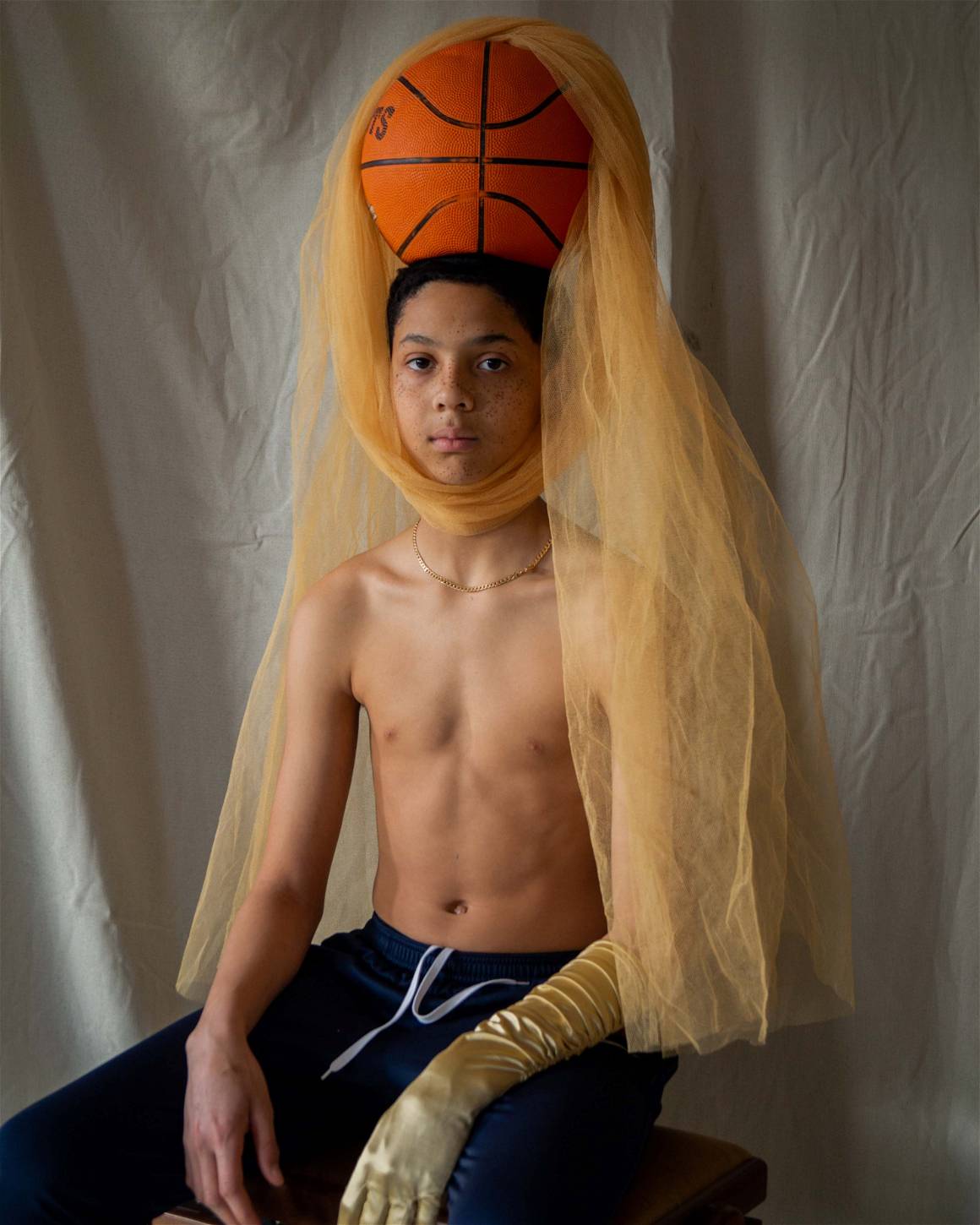
What is the one main reason that you hold the Talent Call?
The Talent Call is a search for exceptionally talented photographers between the ages of 18 and 35, from all across the world. Photographers are invited to submit their portfolios for publication in the magazine’s annual talent issue and the accompanying programme. For selected photographers, the ‘talent stamp’ functions as a springboard for the international photo industry, earning them global recognition.
What do you look for when selecting these artists to feature?
At first, there’s a very immediate and instinctive response to a certain image or series of images, one that stems directly from the acknowledgment that ‘seeing comes before words.’ Each of us is drawn to certain images before and independently from an intellectual evaluation – a first immediate, raw gut feeling. When we look at the images, when we think about them and explore their signs, meanings, compositions, elements, we always oscillate and navigate between what we see and what we know. And ‘what we know’ is thankfully – and necessarily, in our case – not static. It is made of what we knew before seeing the images, what we think we do not know while we see them, and what we are able to learn and understand after we see them. What is interesting to notice is that all bodies of work in this year’s selection focuses social, racial, gender inequality, migration and environmental issues, and very successfully break the binary approach of authorial photography that we are used to.
Can you give us a ‘flavour’ of the upcoming new issue in your own words? What excites you most about this edition?
The 20 selected artists remind us that photography continues to be dynamic, inspiring and, overall, in very good health. This year’s common, underlying theme is a close, sharp look at one of the most important subjects, the human condition. While being born out of the Covid-19 pandemic, this issue is also a beautiful, hopeful and refreshing statement of the possibilities our medium offers, and the exciting future ahead. We look forward to celebrating new beginnings, and new horizons.
What role do you believe emerging artists/ photographers play in the culture industry?
The current selection shows that identity politics, in all their declinations, are once again at the centre of the conversation. Image making is one of the strategies to make sense of ourselves and the world around us, and the questions on who we are, how our fluid identity/ identities relate to what is around us and how we perceive others, are in these intense times more crucial, and necessary than ever. All of these approaches, broadly defined as ‘of social concern’ stand as testimonies of the shifting priorities of our time, and the nature of our concerns. They add to the multiplication of voices in the landscape of this strange community we call ‘photoland’.
What do you see as the power of photography in today’s society?
All the social and economic problems our societies were concerned with before the appearance of Covid-19 are still there, and in the vast majority of cases they have deteriorated. It is not a photograph that changes the world, but people. However, pictures can translate ways of seeing, manifest ways of thinking, catalyse feelings, trigger conversations, inform memory and inspire actions.
Do you have any insights you can share with emerging photographers on how to create, position and promote their work to the highest standard and with the most impact?
In this very dynamic, turbulent time knowledge is being spread, alliances are being created, resources are being shared and energies are being organised. Connect, listen, share, learn from each other and form supportive peer groups.
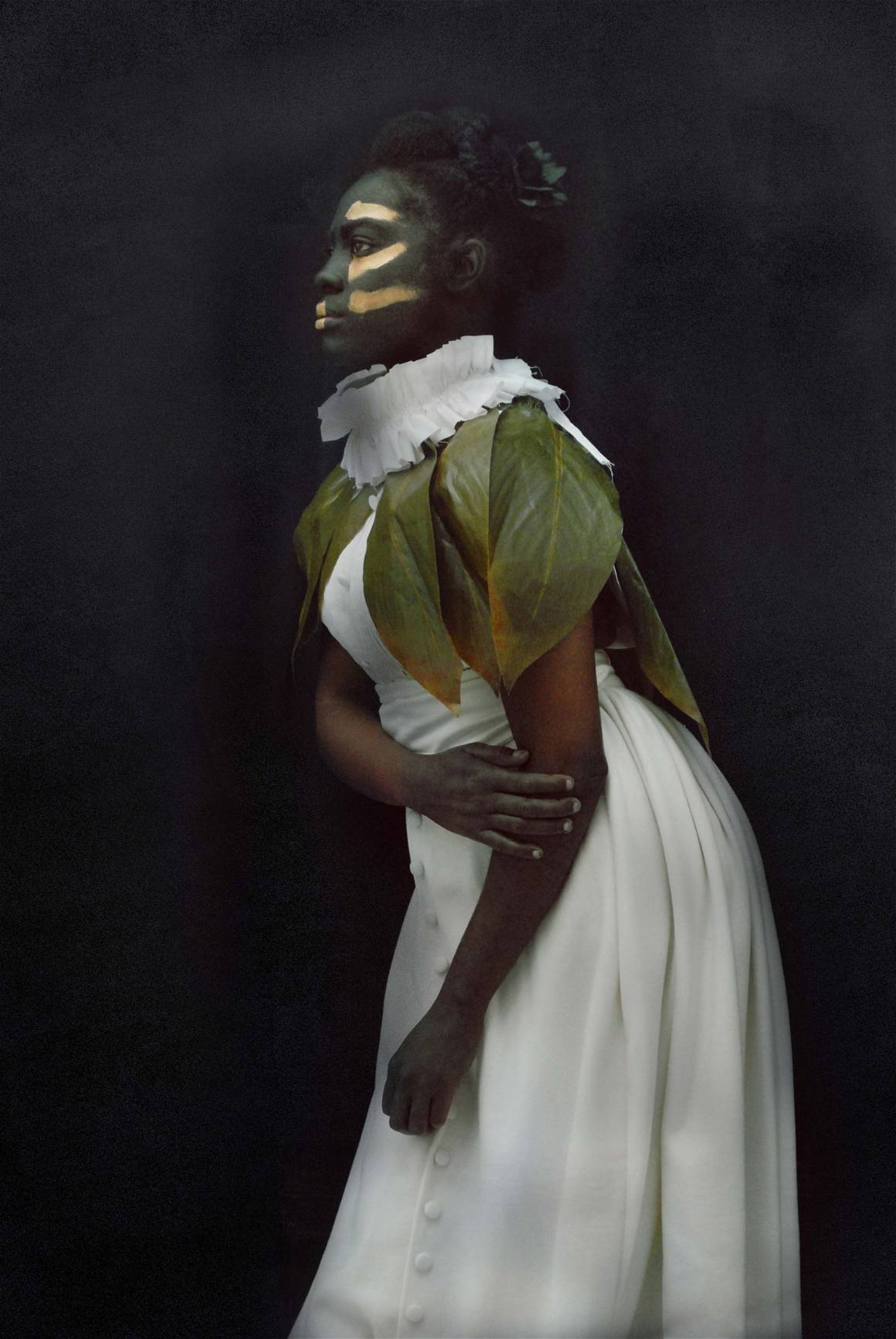
Each year, Foam Magazine invites photographers to submit their portfolios via the Talent Call, an international search for exceptionally talented photographers under the age of 35. Selected photographers gain international exposure and recognition within the photography industry through a number of career-building opportunities offered.
The fifteenth edition of Foam Magazine ’s Talent issue published today, February 9, will be no exception in its standard of talent and level of aesthetic. Presenting a selection of outstanding artists, this year’s common, underlying theme is a close, sharp look at one of the poignant subjects in the current social climate, the human condition. A theme undeniably apt this year.
Take a look at some of the selected photographers and artists that will feature in Issue #58.
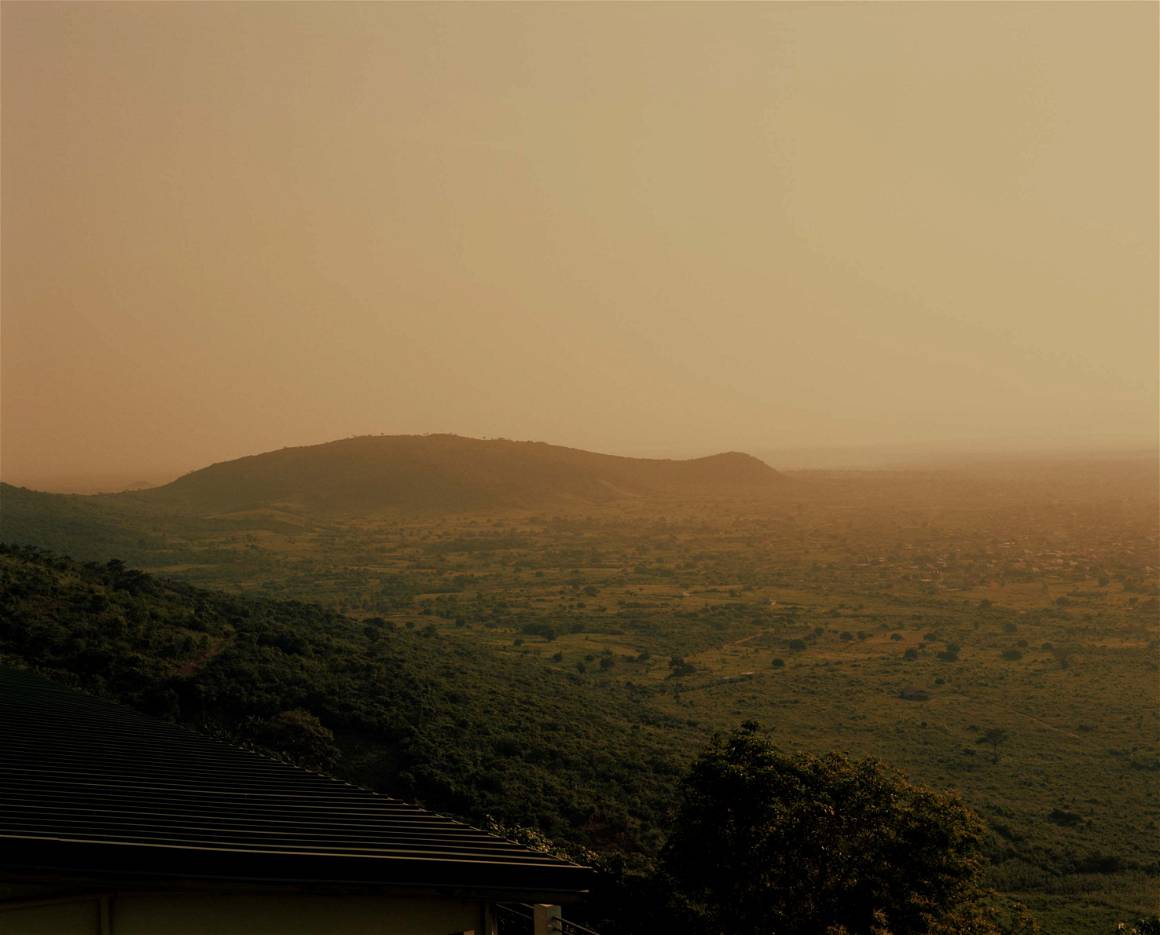
SELECTED ARTISTS
The selected artists are: Heather Agyepong (UK), Kwabena Sekyi Appiah-nti (BEL/GHA), Delali Ayivi (TGO/GER), Hajar Benjida (NL/MAR), Daniel Castro Garcia (UK/ESP), Soléne Gün (FR), Tommy Kha (US), Billy H.C. Kwok (HKG), Simon Lehner (AUSTR), Pat Martin (US), Plantation (NGA), Sarker Protick (BGD), Silvia Rosi (IT/TGO), Joey Solomon (US), Leonard Suryajaya (US), Lisandro Suriel (SX), Igor Tereshkov (RUS), Ana Vallejo (COL), Sheng-Wen Lo (TWN) and Bowei Yang (CHN).
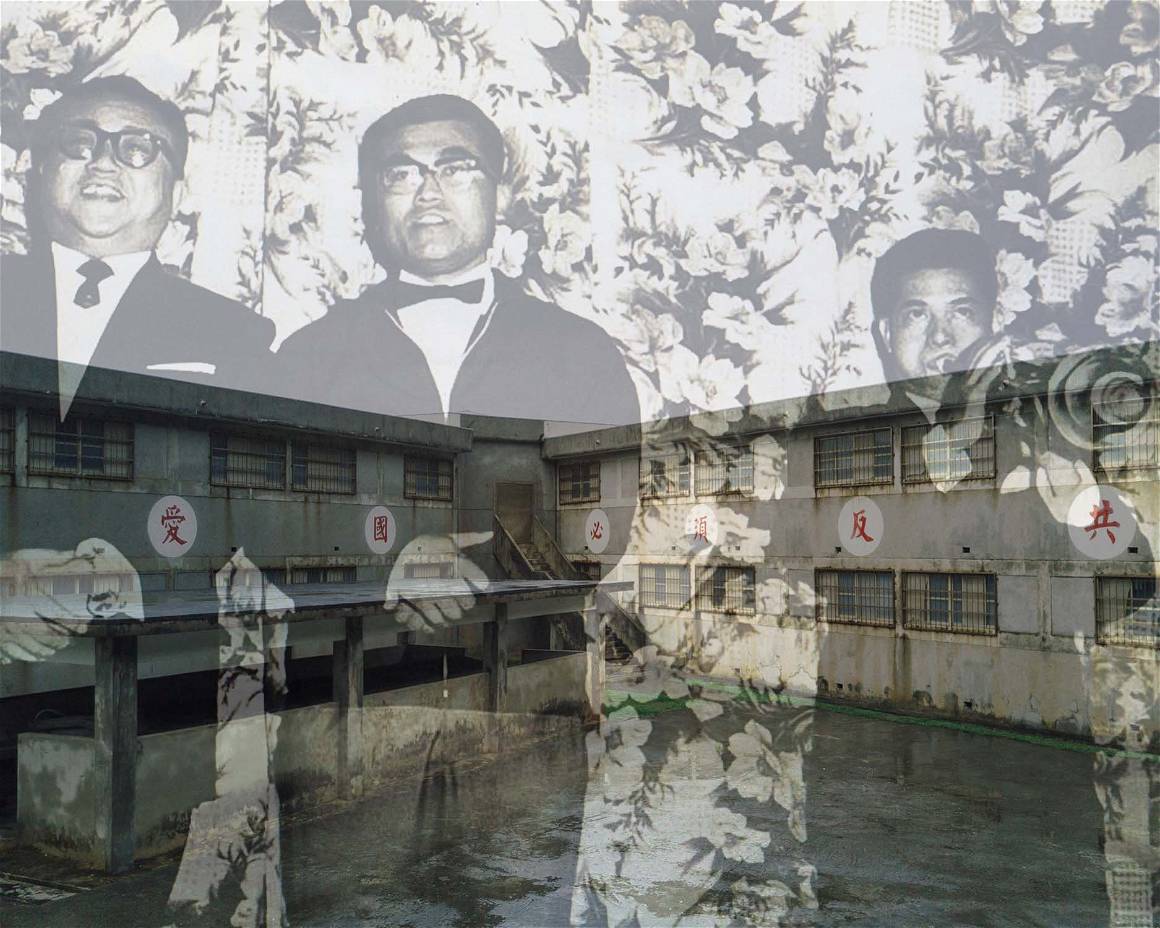
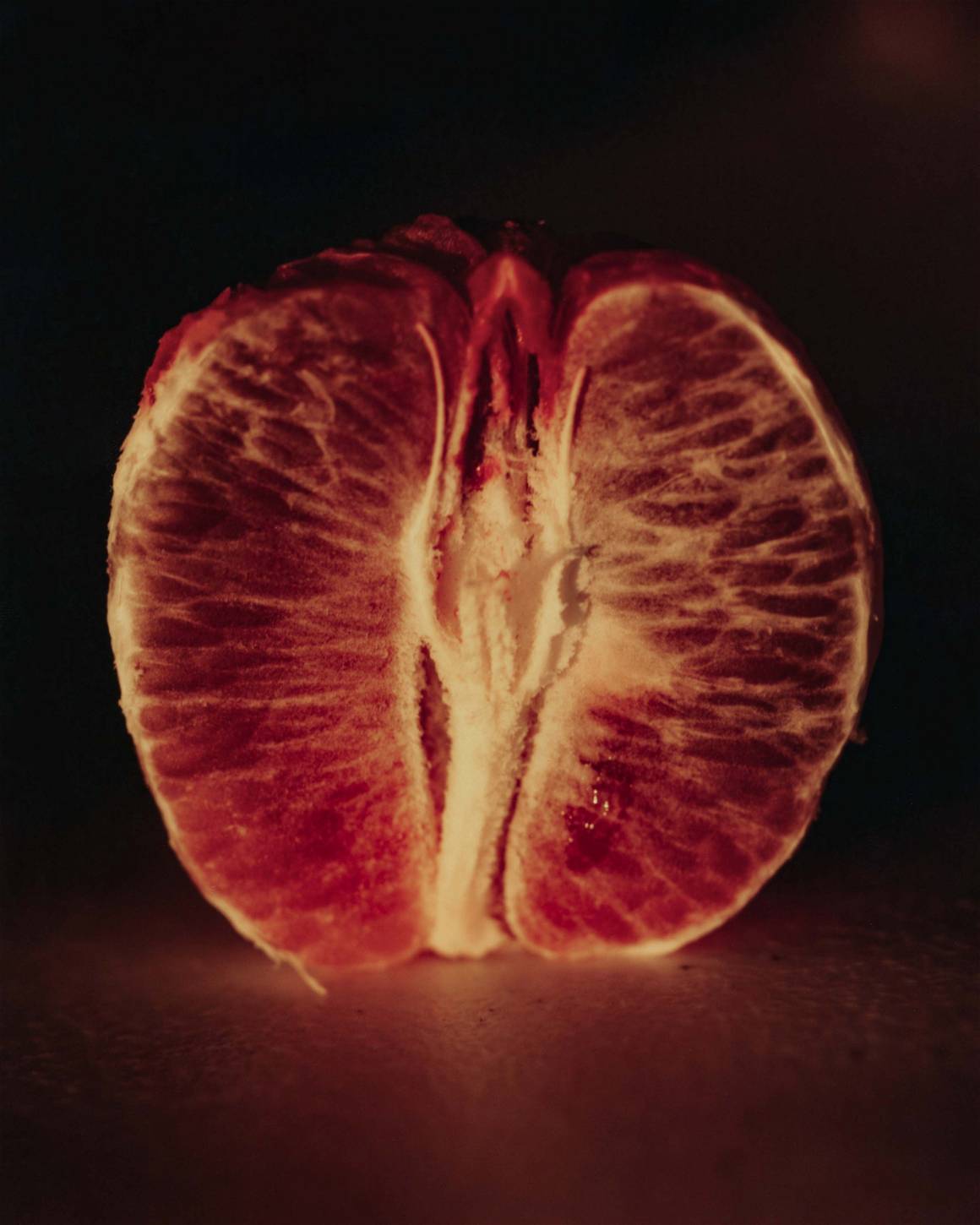
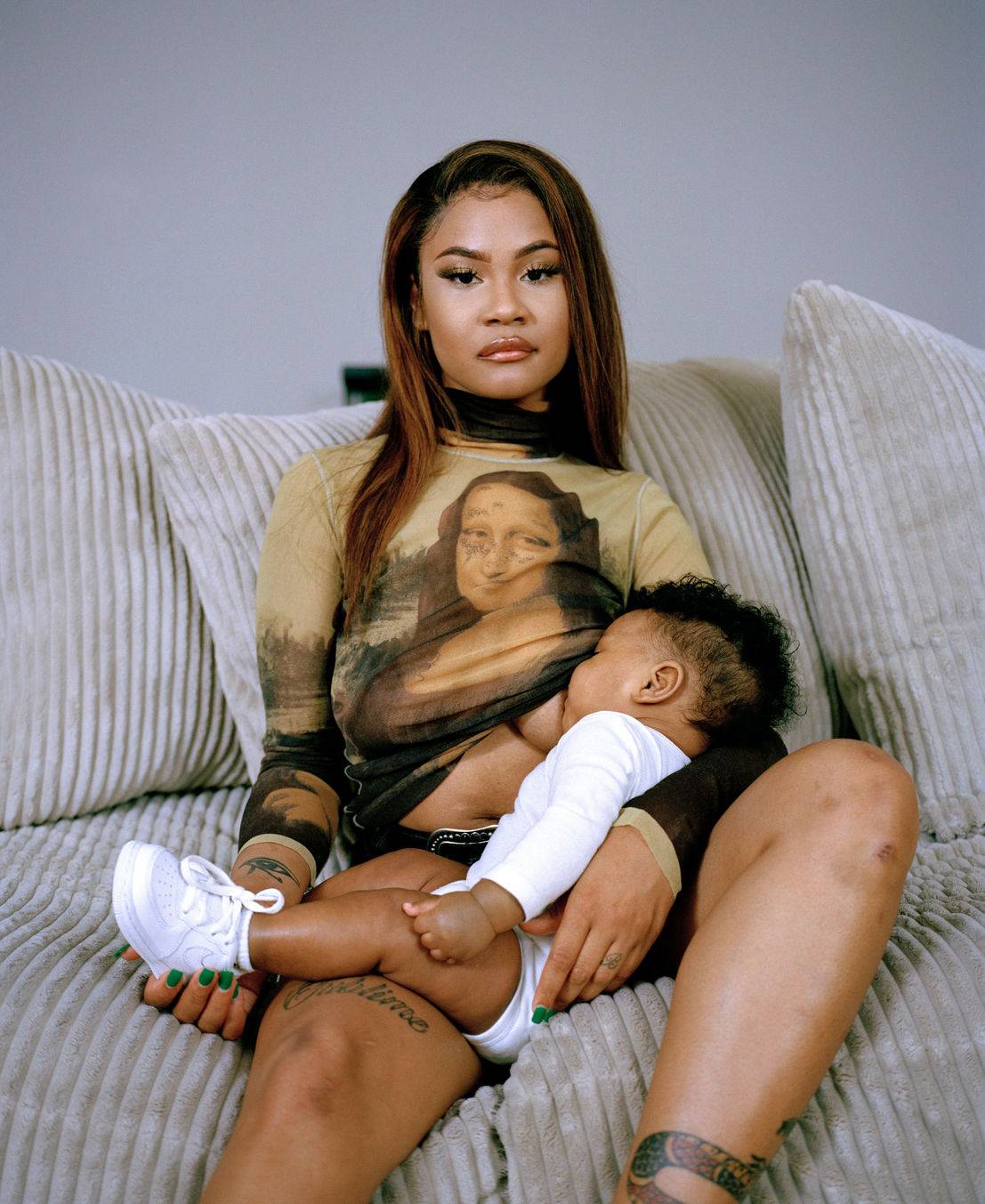
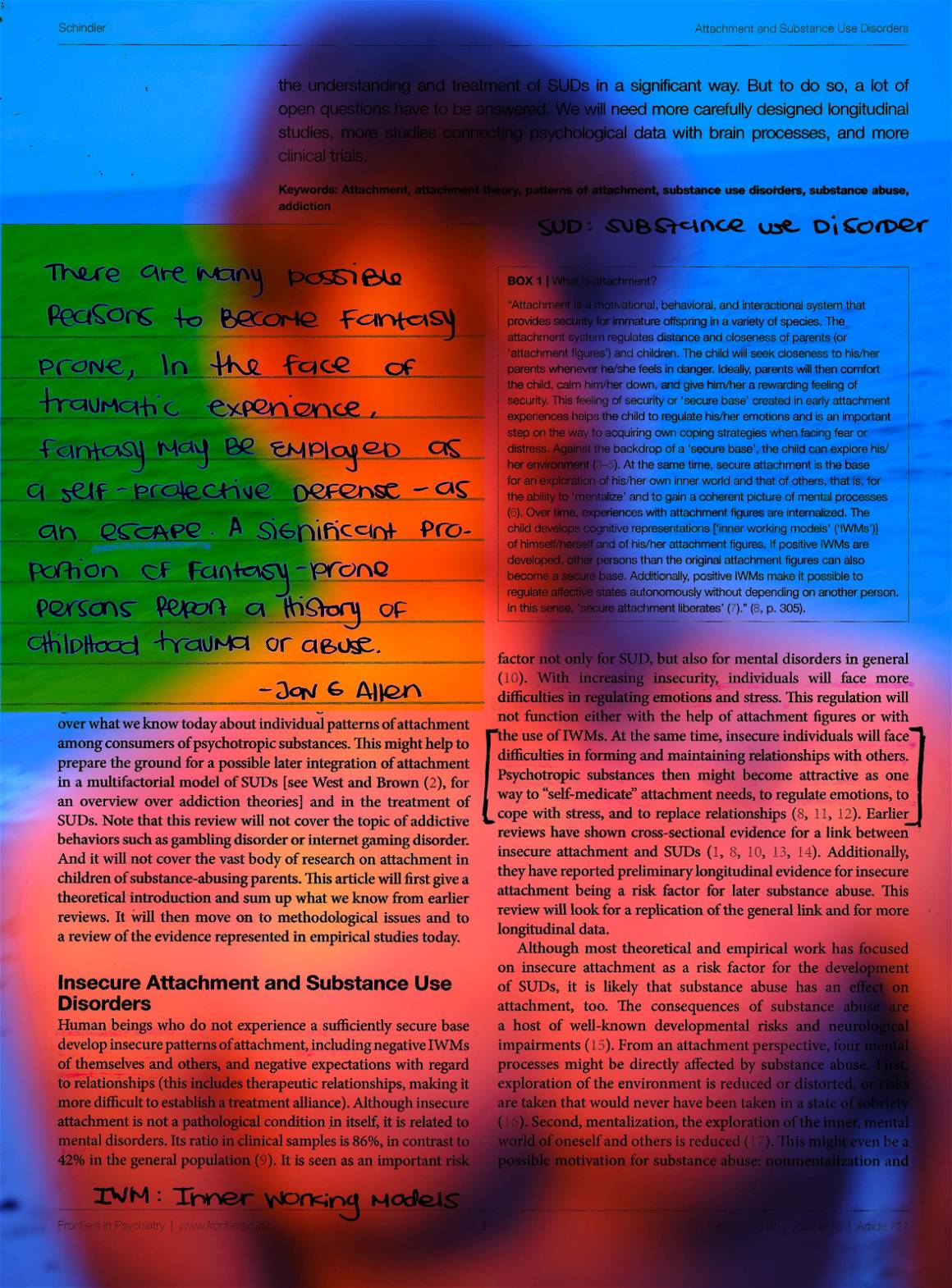
Find out more about FOAM magazine‘s latest issue via their Website, follow them on Instagram or order the #58 Talent Issue Here.


